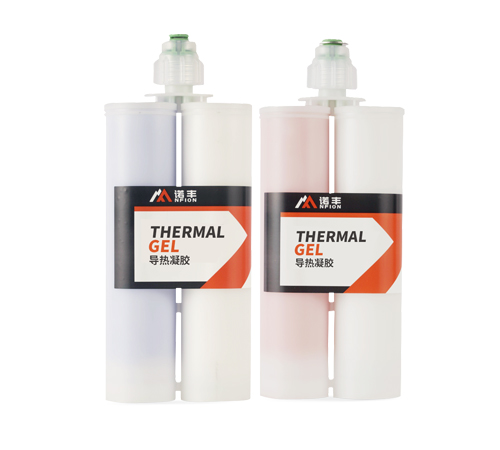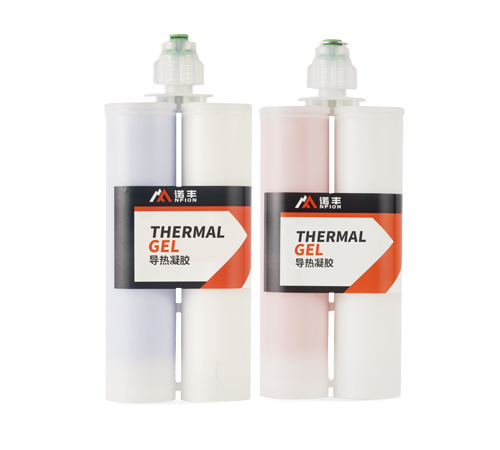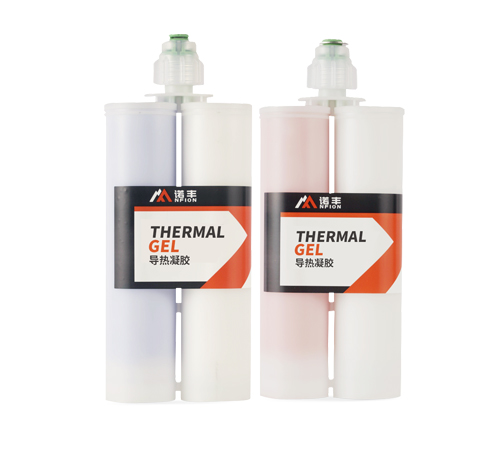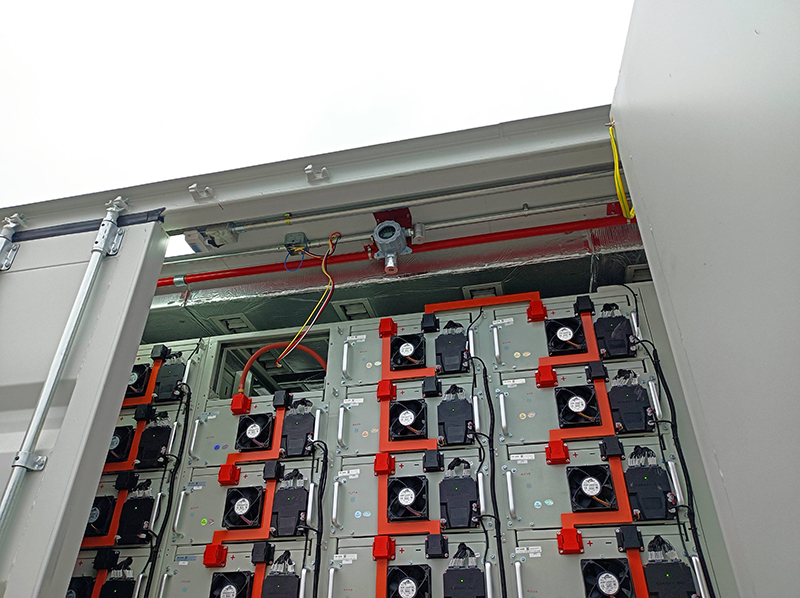
Introduction
With the increasing global demand for energy and the rapid development of renewable energy, energy storage batteries are being widely used in grid regulation, renewable energy storage, and electric transportation. However, during high-power operation, energy storage batteries generate significant amounts of heat, and improper thermal management can lead to performance degradation, reduced lifespan, and even thermal runaway, posing safety risks. Therefore, effective thermal management of batteries has become a critical technical challenge in the energy storage industry. Thermal Gel, with its excellent thermal conductivity, low thermal resistance, and good filling characteristics, has become a key material in solving energy storage battery thermal management problems.
Mechanism and Impact of Thermal Runaway in Energy Storage Batteries
1.Inducers of Thermal Runaway
Thermal runaway in energy storage batteries is mainly triggered by the following factors:
● Overcharging and overdischarging: Abnormal charge and discharge states may cause internal short circuits, leading to the accumulation of large amounts of heat.
● Internal short circuits: Due to manufacturing defects or mechanical damage, short circuits may occur inside the battery, creating local high-temperature zones.
● External environmental factors: High temperatures or improper heat dissipation design can cause the battery temperature to rise.
● Self-heating reaction: The battery undergoes irreversible chemical reactions at high temperatures, further accelerating thermal runaway.
2.Consequences of Thermal Runaway
When thermal runaway occurs, the battery’s internal temperature rises rapidly, causing electrolyte decomposition, gas expansion, and even ignition of surrounding batteries, leading to a chain reaction. This not only affects the battery’s safety but also may cause device damage, economic loss, and even threaten personal safety. Therefore, effective thermal management and preventing thermal runaway are crucial.
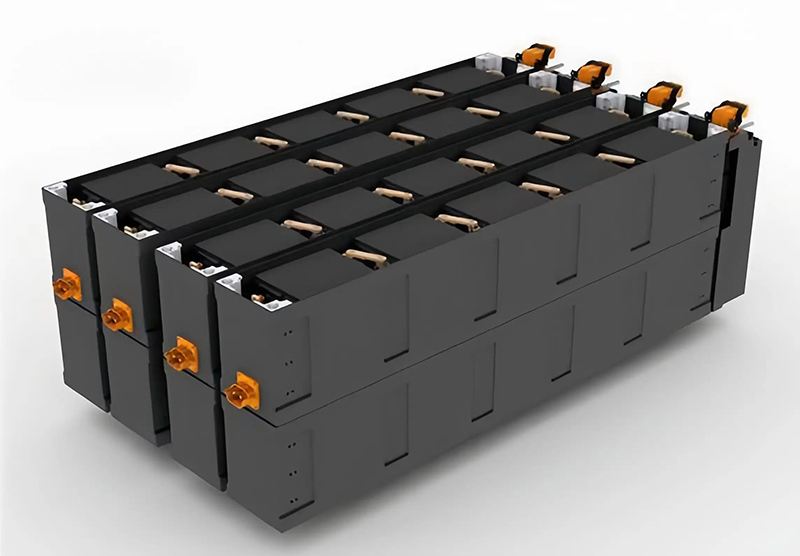
Characteristics and Application Advantages of Thermal Gel
Thermal Gel is a flexible, high-thermal-conductive material widely used in the thermal management of energy storage batteries. Its core features include:
● High thermal conductivity: The thermal conductivity of thermal gel generally ranges from 1.5 to 10 W/m·K, effectively transferring the heat generated by the battery and reducing the risk of localized overheating.
● Low thermal resistance: Compared to traditional thermal pads, thermal gel can better fill microscopic gaps, reduce interface thermal resistance, and improve heat transfer efficiency.
● Good adhesion and plasticity: It can uniformly cover the battery module and closely adhere to the heat dissipation structure, ensuring long-term stability.
● Environmental resistance: It has excellent high-temperature and aging resistance, suitable for long-term high-temperature operation in energy storage systems.
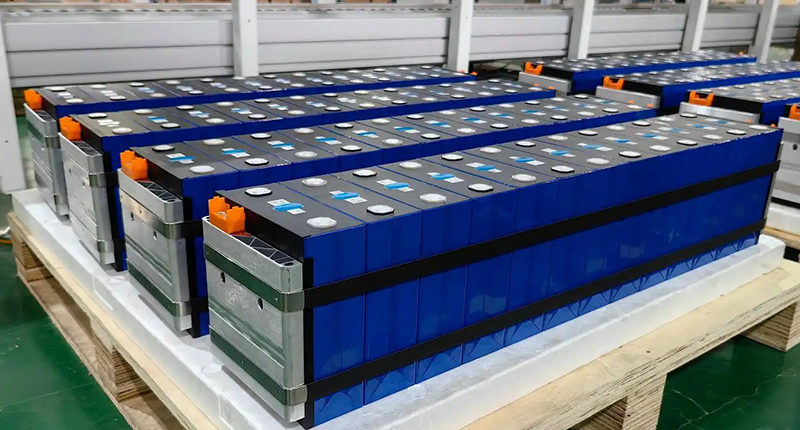
1.Thermal Interface Management between Cells and Cooling Systems
3.Heat Dissipation of Electronic Components and Battery Management Systems (BMS)
The Battery Management System (BMS) is responsible for monitoring battery status and optimizing charge and discharge strategies. Its electronic components also require heat dissipation, and thermal gel can be used between chips and heat dissipation structures to improve system reliability.

Conclusion
 CN >
CN >
